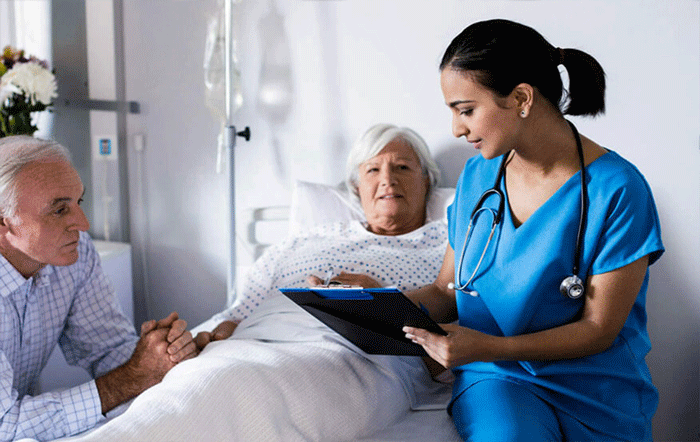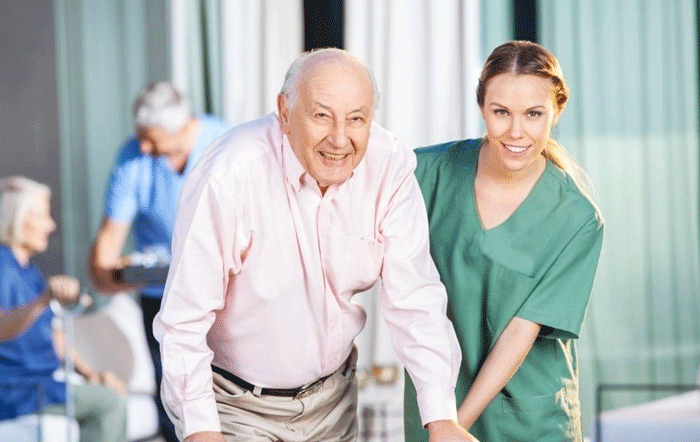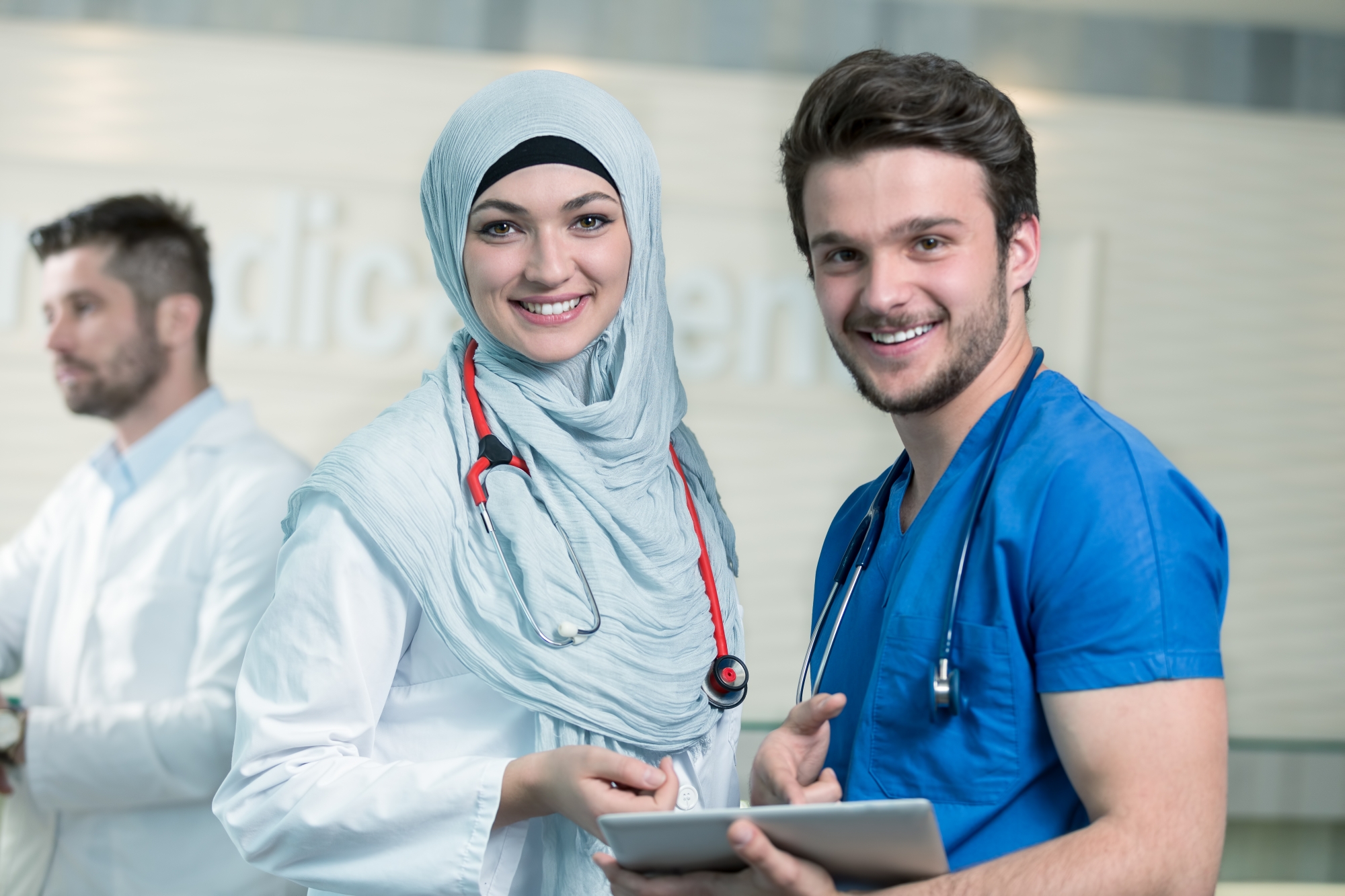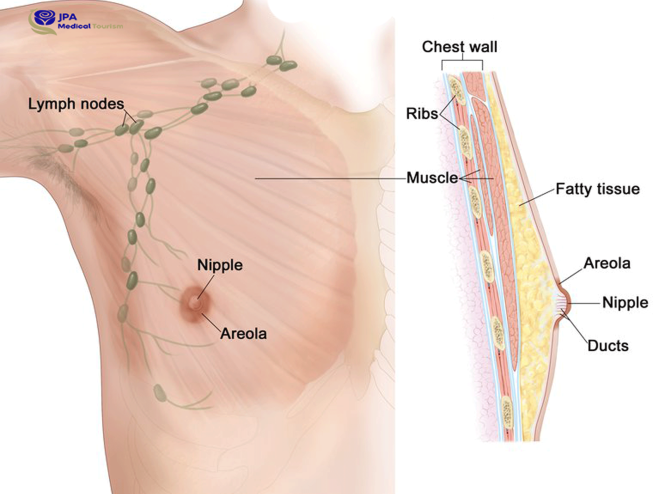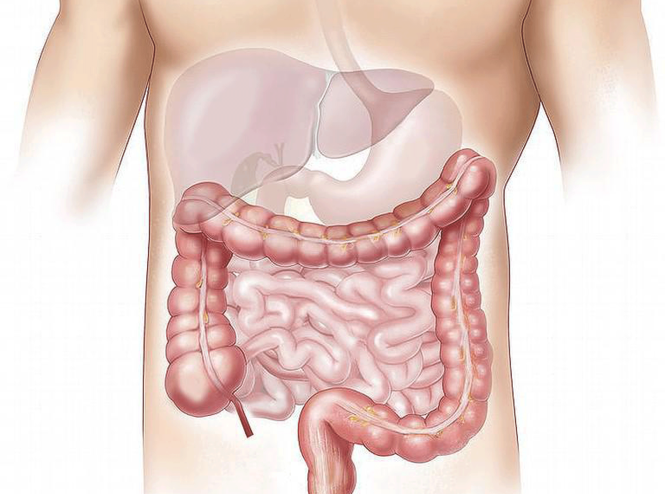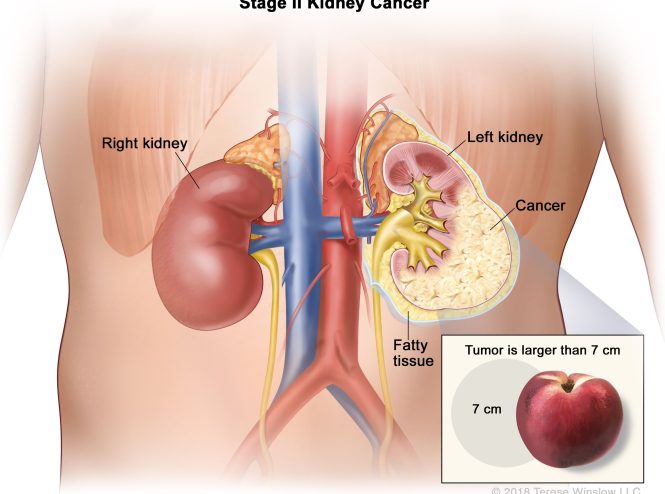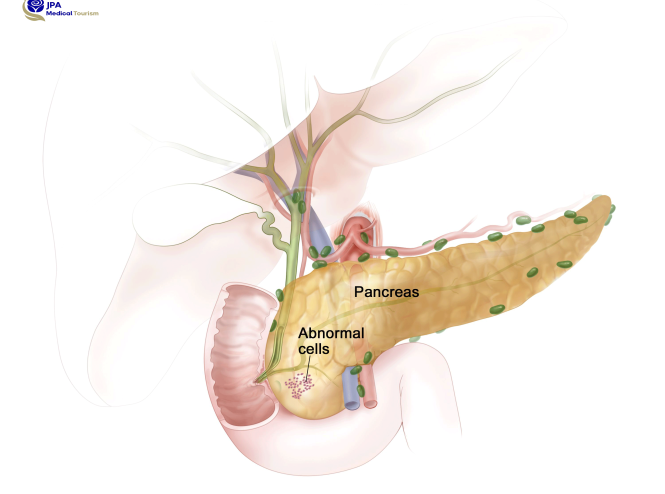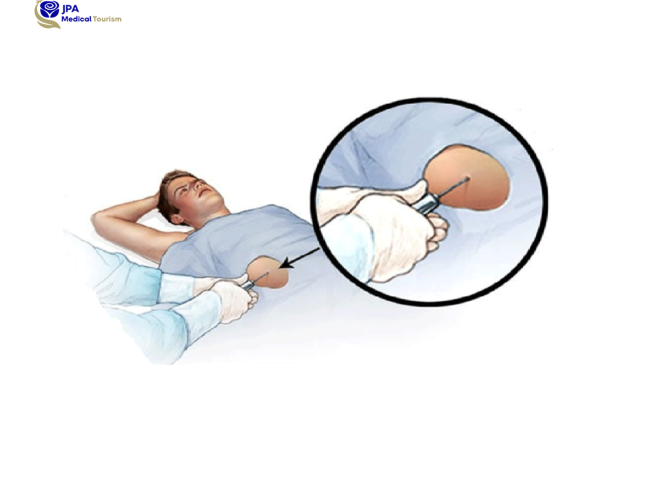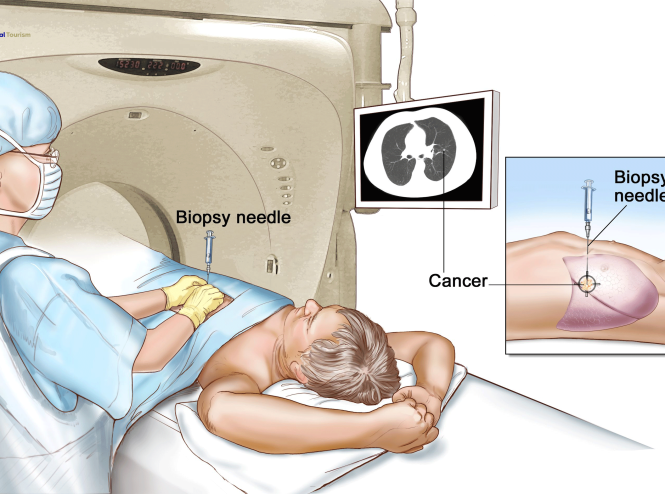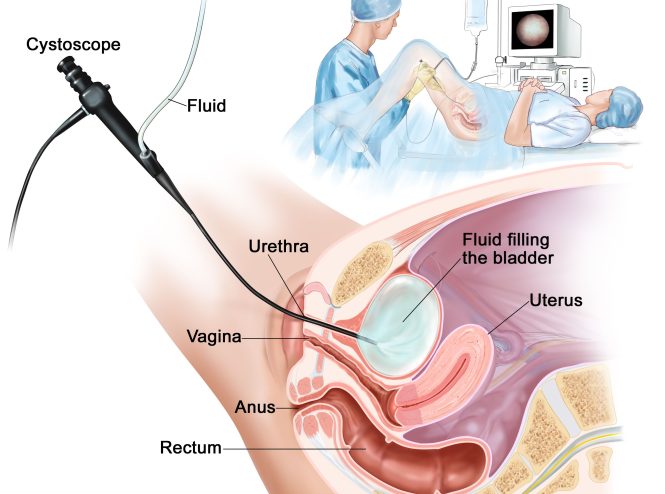Lung Cancer Treatment in Iran
Best Hospital
We Introduce Best Hospital for Cancer Treatments
Best Doctors
We Introduce Best Doctors for Cancer Treatments
Best Price
We Try to introduce best Services with Regular Price
Why choose Iran for Lung cancer treatment in Iran ?
• Low costs
• Board licensed surgeons
• Quality health care
• Less waiting time
• Accredited hospital
• Personal service
• Language capability
• Ease of medical visa
• Treatment with advanced technology
• Strong presence in advanced healthcare e.g. Transplantation - high success rate in the operation.
Active clinics for international patients:
Shahid Dastani Clinic, Hematology, Oncology and Stem Cell Transplant Clinic, Nuclear Medicine Clinic and Special Clinic.
Clinics: urology, nephrology, lung, general surgery, endocrinology, gastroenterology, gynecology, midwifery, perinatal, infertility, maxillofacial surgery, genetics, dermatology, orthopedics, neurosurgery, heart, heart surgery, vascular surgery, neurology, rheumatology, ear and Otorhinolaryngology, dentistry, infectious, speech therapy, pain, nutrition and diet therapy, anesthesia, celiac disease, liver cirrhosis, Behcet, eye, psychiatry, men’s health
Paraclinical departments: clinical laboratory, pathology, imaging and pharmacy
Clinics: EMG-EEG, bronchoscopy, spirometry, bone densitometry, nuclear medicine, dialysis, physiotherapy, endoscopy, echocardiography, exercise test, pain control, rehabilitation and sports medicine.
Cancer is an increasingly life-threatening disease. Since cancer treatment is one of the most expensive medical treatments, patients often prefer to seek more affordable treatments abroad. At Jahan Pakhsh Aram Health Tourism, we are here to help you get cancer treatment in Iran at the most affordable price.
Cancer Treatment in Iran | Best Doctors & Hospitals
Lung Cancer Treatment in Iran
Types of Lung Cancer
Large cell lung cancer (NSCLC)
Nearly 80 percent of lung cancers are NSCLC. The main subtypes of NSCLC are large cell carcinoma, adenocarcinoma, and squamous cell carcinoma. These subtypes, which start from different types of lung cells, are grouped together as NSCLC because their treatment and prognosis (outlook) are often similar.
Adenocarcinoma: Adenocarcinomas begin in cells that normally secrete mucus-like substances. This type of lung cancer is mainly found in smokers or even former smokers. This type of lung cancer (NSCLC) spreads and spreads faster than type. This prevalence is higher in women than men and it occurs more in young people than other types of lung cancer. Adenocarcinoma is usually seen in the outer parts of the lung and is likely to be seen before it spreads throughout the body. Squamous cell carcinoma: Squamous cell carcinoma begins with squamous cells that are flat and line the inside of the airways of the lungs. They are often associated with a history of smoking and tend to be found in the central part of the lungs, near the main airways.
Large cell carcinoma: Large cell carcinoma can appear anywhere in the lung and tends to grow and spread quickly, which can make it difficult to treat. It is a type of large cell cancer, known as neuroendocrine large cell, and is very similar to small cell lung cancer.
Small cell lung cancer (SCLC)
“Lung Cancer Treatment in Iran”
About 10-15% of all lung cancers are SCLC. SCLP is one of the type of cancer and grows and spreads faster than NSCLC. Because this cancer grows quickly, it responds well to chemotherapy and radiation therapy. Unfortunately, for most people, the cancer will come back at some point. Cancers that spread to the lungs. Cancers that start in other organs (such as the breast, pancreas, kidney, or skin) can sometimes move (metastasize) to the lungs. But they are not lung cancer. It is still a type of breast cancer and not lung cancer. The treatment of metastatic cancer in the lungs is based on where it starts (the site of the primary cancer).
Lung cancer key statistics
Most lung cancer statistics include small cell lung cancer (SCLC) and non-small cell lung cancer (NSCLC). The most common types of lung cancer include non-small cell lung cancer (NSCLC) and small cell lung cancer (SCLC). According to the latest global statistics, about 84% of NSCLC and 13% of all lung cancers are SCLC.

In general, lung cancer can be divided into two categories: small cell lung cancer and non-small cell lung cancer. These categories refer to the appearance of cancer cells under the microscope.
If you have lung cancer (especially non-small cell lung cancer), your doctor may run a series of tests to find out if you have changes in your genes (genetic mutations). The results of these tests help your doctor know which treatment will work best for you.
Staging in lung cancer
If lung cancer is diagnosed, other tests are done to determine how far it has spread to the lungs, lymph nodes, and the rest of the body. This process is called staging. The diagnosed type of lung cancer and its grade show the doctor the way of treatment For more information, visit the non-small cell lung cancer stage external symbol and the small cell lung cancer external symbol.
Types of treatment for lung cancer in iran / Tehran
Lung Cancer Treatment in Iran
Lung cancer is treated in different ways depending on the type of lung cancer and its spread. People with non-small cell lung cancer can be treated with surgery, radiation therapy, chemotherapy, targeted therapy, or a combination of these treatments.
People with small cell lung cancer are usually treated with chemotherapy and radiation therapy.
surgery. A surgical procedure in which doctors remove cancerous tissue.
Jahan Pakhsh Aram Health Tourism Team, in addition to free services such as accommodation, translator from the moment of arrival in Iran, health insurance, 24-hour support, etc., has specialized and sub-specialized inpatient departments, special departments, clinics, departments Paraclinics and clinics are well equipped to provide quality and special services for respected patients.
Specialized and subspecialized departments of the center: operating room, orthopedic surgery, general surgery, rheumatology, internal neurology, endocrinology, digestion, blood and hematology, bone marrow transplantation, gynecology and obstetrics, neonates, infertility, neurosurgery, cardiology, surgery Cardiology, nephrology, urology, kidney transplant, maxillofacial surgery, diabetic foot department, lip kit, emergency and hope departments.
Special departments of ICU: Emergency – General ICU – Neurosurgery ICU – Internal ICU – Open heart surgery ICU – NICU – CCU – Lab kit.
Active operating rooms: urology and cystoscopy operating room, orthopedic operating room, general operating room, neurosurgery operating room, maxillofacial surgery operating room, vascular surgery operating room, open heart surgery operating room, lung and thoracic surgery operating room .
Active clinics for international patients: Shahid Dastani Clinic, Hematology, Oncology and Stem Cell Transplant Clinic, Nuclear Medicine Clinic and Special Clinic.
Clinics: urology, nephrology, lung, general surgery, endocrinology, gastroenterology, gynecology, midwifery, perinatal, infertility, maxillofacial surgery, genetics, dermatology, orthopedics, neurosurgery, heart, heart surgery, vascular surgery, neurology, rheumatology, ear and Nose and Throat, Dentistry, Infectious, Speech Therapy, Pain, Nutrition and Diet Therapy, Anesthesia, Celiac, Liver Cirrhosis, Behcet, Eye, Psychiatry, Men’s Health
Paraclinical departments: clinical laboratory, pathology, imaging and pharmacy
Clinics: EMG-EEG, bronchoscopy, spirometry, bone densitometry, nuclear medicine, dialysis, physiotherapy, endoscopy, echocardiography, exercise test, pain control, rehabilitation and sports medicine.
Breast Cancer Treatment in Iran
The most common cancer treatment in Iran is chemotherapy, but ...
Colon Cancer Treatment in Iran
The treatments for colorectal cancer usually involve surgery to remove the cancerous tumor
Stomach Cancer Treatment in Iran
The most common types of stomach cancer treatment are surgery ,chemotherapy...
Kidney Cancer Treatment in Iran
Kidney cancer is usually treated with surgery, targeted therapy, immunotherapy ...
Pancreatic Cancer Treatment in Iran
Pancreatic cancer treatments are surgery, chemotherapy, or a combination of them
Liver Cancer Treatment in Iran
The most effective liver cancer treatments are surgery and localized treatments
Lung Cancer Treatment in Iran
Lung cancer can be treated with surgery, chemotherapy, radiation therapy, targeted therapy ...
Bladder Cancer Treatment in Iran
Bladder cancer is usually treated using surgery, Chemotherapy, radiation, or immunotherapy.
Chemotherapy for Lung Cancer in Iran
is the use of certain drugs to shrink or destroy cancer. These drugs can be pills that you take or drugs that are given into your veins, or sometimes both.
Radiotherapy. Using high-energy rays (similar to X-rays) to destroy cancer.
Targeted therapy is the use of drugs to prevent the growth and spread of cancer cells. These drugs can be pills that you take or drugs that are given into your veins. Before using this treatment, you will receive tests to check whether targeted therapy is suitable for your type of cancer.
Due to the importance and sensitivity of the lung and the treatments related to them, doctors with different specialties cooperate with each other for better treatment in lung cancer. Surgeons are doctors who perform operations.Thoracic surgeons specialize in heart , chest and lung surgery . Radiation oncologists are doctors who treat cancers with radiation therapy. For more information, visit the National Cancer Institute’s Lung Cancer External Symbol page. This site can also help you find the external icon of a doctor or treatment center that works in cancer care.
Clinical trials
External symbol Clinical trials use new treatment options to see if they are safe and effective.
Clinical Trials External Symbol Search (National Cancer Institute)
External symbol ClinicalTrials.gov (National Institutes of Health)
Complementary and alternative medicine
Complementary and alternative medicine are medicines and health practices that are not standard treatments that doctors usually use to treat cancer.
Complementary treatments and medicines have nothing to do with the main treatment and each person needs to do the main treatment first . Examples include acupuncture, nutritional supplements, massage therapy, hypnosis, and meditation.
Instead of standard treatments, alternative medicine is used. For example, we can mention special diets, megadose vitamins, herbal medicines, special teas and magnetotherapy.
Many types of complementary and alternative medicine have not been scientifically tested and may not be safe. Before starting any type of complementary or alternative medicine, talk to your doctor about the risks and benefits.
Choosing the best and fastest type of treatment suitable for the treatment of all types of cancers, including lung cancer, should be done. The first thing that every patient should do is to choose a skilled doctor. In addition to providing free services for you, the Jahan Pakhsh Aram health tourism team has considered the best and most skilled doctors and specialists in line with the best type of diagnosis and the best method for your treatment. By choosing us, you can choose us in addition to free and comfortable services. When you travel to Iran, start your treatment with the best and most experienced staff.
Our experienced and professional staff will explain all the treatment steps to you calmly and patiently, and you can ask all your questions. Share so that you can have peace of mind during your treatment. Sometimes people see more than one cancer doctor. This is called a “second opinion”. Getting a second external opinion may help you choose the treatment that is right for you.
Normal structure and function of lungs
In vertebrates, the lung is one of the respiratory organs in the chest and is responsible for filtering carbon dioxide into oxygen. Your right lung has 3 parts, each part called a lobe. The left lung has 2 lobes. TAll humans have two lungs and these two parts are different from each other. The left lung occupies less space than the right lung and is located next to the heart, and the right lung has more air and is larger in volume.
When you breathe, air enters through your mouth or nose and enters your lungs through the trachea. The trachea is divided into tubes called bronchi, which enter the lungs and are divided into smaller parts.
The bronchi divide and become smaller branches called bronchioles. At the end of the cilia, there are small air sacs known as alveoli. Alveoli absorb oxygen from inhaled air and remove carbon dioxide from the blood when exhaling. Receiving oxygen and getting rid of carbon dioxide is one of the main functions of the lungs. Lung cancers usually start in the cells lining the bronchioles and parts of the lung such as alveoli or alveoli.
A thin covering called the pleura surrounds the lungs. At the bottom of the lungs, a very thin, dome-shaped muscle called the diaphragm separates the chest cavity, which contains the heart, lungs, and ribs, from the abdominal cavity. The function of the diaphragm is to take out and take in air with its contraction and expansion. During breathing, the diaphragm moves up and down, forcing air into and out of the lungs.
Contract party with child-friendly medical centers
- The first successful heart transplant center in Iran
- The first bone marrow transplant center in Iran
- The first kidney transplant center in Tehran
- The first center to perform CT Scan in Iran
- The first center for video capsule endoscopy in Iran
- Referral center in the treatment of blood and oncology diseases and the treatment of blood cancers with bone marrow transplantation
- A reputable center for fellowship training in bone marrow transplantation, hematology and oncology in the country
- Establishing non-relative stem cell bank (connected to world stem cell bank)
- Scientific pole of nuclear medicine of the country
- Cancer treatment referral center with radiopharmaceuticals
- The only training center approved by the International Atomic Energy Agency
- Iran nuclear medicine association center
- Center equipped to treat digestive and liver diseases
- The only center performing the POEM technique in the treatment of gastrointestinal diseases in the country
- Superspecialized center for the treatment of gastrointestinal problems, including advanced diagnostic and therapeutic ERCP, with the technique of combining two technical methods, “endoscopy” and “fluoroscopy“.
- One of the world’s most prestigious centers in the field of maxillofacial surgery and the use of 3D printers
- The only fetal laser surgery treatment center in the Middle East
- A reputable center in the treatment of female infertility and IVF in the country
- The scientific hub of rheumatology treatment in the country
- Specialized vascular angiography services in the treatment of diabetic foot
- Orthopedic subspecialty services (knee joint replacement, spinal correction surgeries for children in the country)
Lung cancer in non-smokers
Lung Cancer Treatment in Iran
Not all people who get lung cancer are smokers. Many people who are diagnosed with lung cancer used to smoke, but many other patients have never smoked. Lung cancer in non-smokers can be caused by exposure to radon, secondhand smoke, air pollution or other factors. Exposure to asbestos, fumes from diesel fuels or some other chemicals at work may also cause lung cancer in some people who do not smoke.
A small percentage of lung cancer occurs in people who have no known risk factors for the disease. Some may just be random events that have no external cause, but others may be due to factors we don’t yet know about. Lung cancer in non-smokers is often different from what happens in smokers. This type of lung cancer generally occurs at a younger age. The genetic changes in lung cancer cells in non-smokers are often different from the genetic changes found in the tumors of smokers. In some cases, these changes can be used to guide treatment Gene changes that may lead to lung cancer Scientists know how certain risk factors for lung cancer can cause specific changes in the DNA of lung cells. These changes can lead to abnormal cell growth and sometimes cancer. DNA is the component of genes in our cells that controls the function of cells. For this reason, we are usually similar to our parents, who are the source of our DNA; But DNA can also increase the risk of certain diseases in us, including some types of cancer. Some genes help control cell growth, division to create new cells, and cell death. Cell division and cell survival are called oncogenes. Genes that help control cell division or cause cell death at the right time are called tumor suppressor genes.
Cancers can develop through DNA changes that turn oncogenes on or turn off tumor suppressor genes.
Hereditary gene changes
Some people inherit DNA mutations (changes) from their parents that increase their risk of certain cancers. But it is not thought that hereditary mutations alone cause many cases of lung cancer.
However, genes seem to play a role in some families with a history of lung cancer. For example, lung cancer is more likely to develop in people who have inherited certain DNA changes in a particular chromosome (chromosome 6), even if these people are non-smokers or smoke very little.
Some people seem to have inherited a reduced ability to break down or get rid of certain types of cancer-causing chemicals in the body; Like substances found in tobacco smoke. This increases the risk of lung cancer in them.
Other people inherit defective DNA repair mechanisms that are more likely to lead to DNA changes. People who have a DNA repair enzyme that doesn’t work properly may be especially vulnerable to cancer-causing chemicals and radiation. In some non-small cell lung cancers (NSCLCs), the EGFR protein (which Abnormal EGFR gene results) produced more than normal. This particular gene change in young, non-smoking Asian women is often seen with lung adenocarcinoma, and this additional EGFR protein is seen in more than 60% of metastatic NSCLCs.
Researchers are developing tests that may help identify such people, but these tests are not yet routinely used. Currently, doctors recommend that everyone avoid tobacco smoke and other exposures that may increase the risk of cancer.
Acquired gene changes
Genetic changes related to lung cancer are usually acquired during life, not inherited. Acquired mutations in lung cells are usually caused by exposure to environmental factors such as carcinogenic chemicals in tobacco smoke. Some gene changes may just be random events that sometimes happen inside the cell without any external cause. Mutations in certain genes, such as the tumor suppressor gene RB1, are thought to be important in the growth and spread of SCLC. and the changes made in genes such as p16 tumor suppressor gene and K-RAS oncogene are important in the progression of NSCLC. Alterations in the tumor suppressor gene TP53 and chromosome 3 are observed in both NSCLC and SCLC cancers. Not all lung cancers share the same gene changes, so there are undoubtedly changes in other genes that have yet to be discovered.
Lung cancer Survival rates
can give you an idea of what percentage of people with the same type and stage of cancer are still alive a certain time (usually 5 years) after diagnosis. They may help you get a better idea of how likely your treatment is to be successful, but they can’t tell you how long you’ll live.
Keep in mind that the survival rate is an estimated number and is based on the previous data that is available and it considers people with lung cancer and makes predictions and estimates. The best thing to estimate is to consult and talk to He is your doctor.
What is the 5-year relative survival rate?
Lung Cancer Treatment in Iran
The survival rate is relative and what can be done to estimate and predict is often the comparison of patients in different grades and stages in the disease, for example, if the 5-year relative survival rate for a certain stage of lung cancer is 70 percent, it means that people who have that cancer are, on average, about 70% more likely than people who don’t have that cancer. Survive at least 5 years after diagnosis.
The growth and attack of cancer on the lung tissue and the surrounding tissues disrupts breathing and leads to symptoms such as the following;
- New persistent cough
- Exacerbation of previous chronic cough
- Shortness of breath
- Wheezing
Chest pain
Blood sputum (hemoptysis)
Tumors located in the upper part of the lung can affect the facial nerves. In this case, the symptoms of lung cancer are;
- Unilateral drooping of the eyelid
- Shrinking of the pupil
- Absence of sweating on one side of the face
- Shoulder pain may spread to the hands
- Paralysis of the vocal cords leads to harshness of the voice.
If lung cancer affects the esophagus, it causes dysphagia. In case of extensive obstruction in the airways, part of the lung overlaps and causes frequent respiratory infections such as abscess, pneumonia, and bronchitis in the blocked area. Tumors can press on the large vessels that carry blood between the head, arms, and heart, causing swelling of the face, neck, chest, shoulders, and arms.
Lung cancer prevention
The first and most important thing you can do to prevent lung cancer is to quit if you smoke.
Please don’t think about just cutting down on smoking, think about quitting and make a firm decision not to use it.
A doctor or pharmacist can also help you quit smoking, but in the end, you are the one who has to help yourself. Make a serious decision and stop smoking from that day.
Balanced diet
Research shows that eating a high-fiber, low-fat diet, including several servings of fresh fruits and vegetables a day and plenty of whole grains, can reduce the risk of lung cancer.
Sport
Regular exercise can reduce the risk of lung cancer and other types of cancer.


